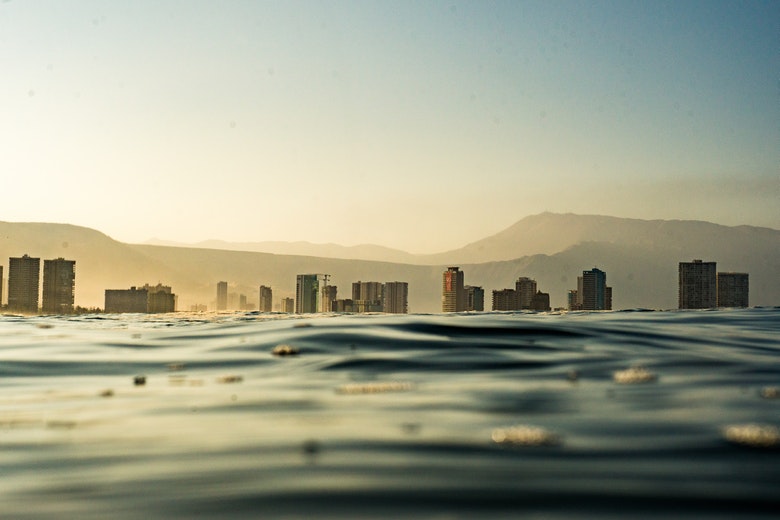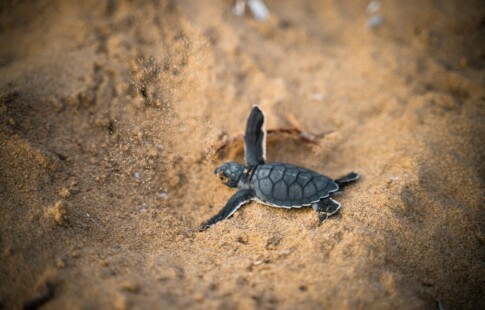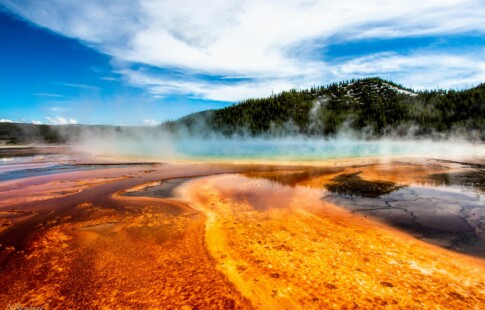
What Are the Most Effective Water Pollution Solutions?
We are reader-supported. When you buy through links on our site, we may earn affiliate commission.
Water pollution is one of our most pressing environmental problems. We all need water to survive, and as population grows, so does the demand for clean water. The pollution of the world’s oceans, rivers, lakes and streams, however, is making it harder to meet this demand. Water pollution also harms fragile ecosystems and causes widespread environmental problems. There are various water pollution solutions that can help to mitigate this issue and prevent it from getting worse. Here are some of the most effective ones.
Education on Clean Water Issues
If we’re not aware of the water pollution issues that exist, we want know that we should do anything about them. If we don’t understand them, we won’t know what to do. That’s why research into water quality and education about environmental issues is so important. We also need education about water pollution solutions.
Continued scientific research into this area is crucial to solving pollution-related challenges, as is spreading the word about the results of new studies. It’s also important that our schools teach environmental science. Educational campaigns from environmental organizations and other groups can also help by spreading the word about water pollution and encouraging people to act.
Reduce Use of Potential Pollutants
“Reduce” is the first part of “reduce, reuse, recycle” because it is the most effective way to prevent waste. Reducing our use of materials stops the problem before it even starts. This same idea can be applied to water pollution.
By reducing our usage of likely water pollutants, we can stop water quality issues at their source and prevent them even having the chance to enter the water supply.
Approximately eight million metric tons of plastic gets into the oceans every year. Reducing our use of single-use plastics may help to prevent this problem. Other pollutants we can reduce our consumption of include fertilizers, pesticides, cleaning chemicals, oil and many others.
Treatment Before Discharge
An estimated 80 percent of wastewater gets dumped back into the environment without proper treatment. Even high-income countries only treat 70 percent of their wastewater, and the percentage is much lower in low-income nations.
Overall, wastewater treatment has improved over the years, but advancing it further could have a significant impact on water pollution. We should aim for adequate treatment of all wastewater from every industrial and sewage facility around the world.
Advancing adequate discharge treatment means both improving the technologies we use to treat water and expanding access to that technology in low-income parts of the country and the world.
Minimize and Filter Runoff
Agricultural is responsible for approximately 70 percent of water withdrawals worldwide. Substantial amounts of that water ends up running off of farms and back into waterways. As it does so, it carries with it fertilizers, pesticides and other polluting substances. This runoff can also come from lawns, and rainwater washes additional pollutants into waterways.
The phosphorus and nitrogen in these fertilizers can cause algal blooms that deplete the water of oxygen and make it uninhabitable for fish and other marine life.
Using fewer artificial fertilizers and pesticides can help prevent this problem, as can irrigating land more efficiently using drip irrigation to prevent excessive water use. Planting buffers of trees and shrubs near bodies of water can also help because these plants help filter out pollutants from runoff.
Contain and Clean Up Spills
While prevention is the best approach, we also need to action when a spill does occur. This cleanup can range from picking up litter at the beach to the huge operations required to clean up an oil spill.
If an oil spill occurs, we can use floating containment booms to stop the oil from spreading and then use oil skimmers to remove the substance from the surface of the water. By this point, though, the spill has already likely caused some damage.
We are also taking steps to clean up pollutants that have been in the water for a long time. A company called the Ocean Cleanup just launched a device out to the Great Pacific Garbage Patch where it will start to remove plastic waste. If successful, the initiative could inspire other similar efforts.
Laws and Regulations
Laws and regulations can also help to prevent and mitigate pollution, if they are effectively designed and enforced. Local, state and federal laws, as well as international efforts, set limits on pollution and create accountability for those who might otherwise dump contaminants.
For these regulations to work well, they should be based on science and designed in a way that prevents loopholes and makes them easy to understand. They also need to be enforced honestly without improper exceptions.
Technological Innovation in Water Pollution Solutions
New ideas and technologies can also help us to prevent pollutions and clean up contamination that already exists. The Ocean Cleanup, for example, is trying out a new technology that could cost-effectively clean up large amounts of water pollution. Recent improvements in wastewater treatment have helped curb pollution significantly.
We can’t predict exactly what innovations will come next, but there are many areas in which new ideas could help prevent pollution. Advancements regarding biodegradable plastics, for instance, could help reduce the amount of new plastic pollution. Perhaps we also see further developments in wastewater treatment, runoff prevention and ocean cleanup in the coming years.
From new technologies to education initiatives, many different kinds of water pollution solutions can help make a difference. We need to work on both preventing further pollution and cleaning up the mess that already exists if we want to improve water quality worldwide.
Share on
Like what you read? Join other Environment.co readers!
Get the latest updates on our planet by subscribing to the Environment.co newsletter!
About the author

Jane Marsh
Starting from an early age, Jane Marsh loved all animals and became a budding environmentalist. Now, Jane works as the Editor-in-Chief of Environment.co where she covers topics related to climate policy, renewable energy, the food industry, and more.





